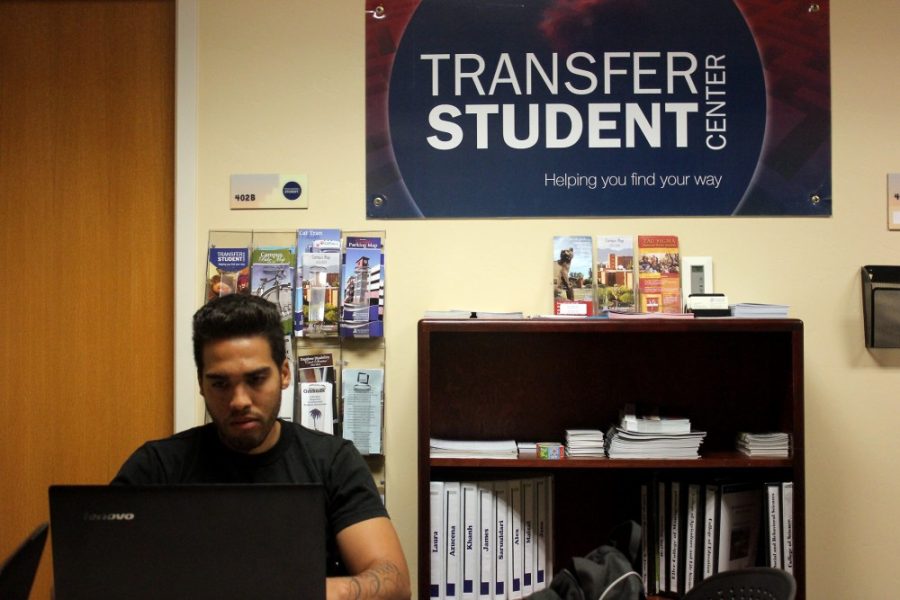The UA and Pima Community College have collaborated to ease student transitions to the university and increase PCC transfer student retention rates at the UA.
Many PCC students have difficulty getting socially adjusted to the UA, said Paul Miller, associate director of UA transfer enrollment services.
“It’s a very large institution, so it can be intimidating for a transfer student. There’s kind of a culture shock,” said Shelley McGrath, senior director for UA academic programs and transfer coordination in the Office of the Provost.
Ed Doran, a professor and counselor at PCC, noted that many students struggle with the shift in coursework expectations.
“We really try and prepare them for the fact that U of A courses are likely to be more difficult, but overall I think that the data says that the average grade point [average] drops about 1 point from a community college to a university,” Doran said.
Doran teaches STU 210, a PCC course designed to teach transfer strategies to prospective UA transfer students. UA faculty members help write the curriculum and the course continues to evolve with student feedback to better address these social and academic issues.
The course helps in trying to alleviate transfer shock because the class meets at PCC for half of one semester, but about every other week the class meets at the UA, Doran said.
“By the end of that course it’s almost like they are U of A students because they have been on campus an entire semester learning everything about the transfer process,” Miller said.
UA faculty members also conduct mock lectures during the course so that PCC students get a sense for the academic expectations, Doran said. He added that there are also higher retention rates for those PCC students who take the course before transferring to the UA.
In the 2012 fall semester, approximately 900 students transferred to the UA from PCC, but only 200 took STU 210, Doran said. Doran attributed this to a lack of promotion of the course at PCC.
According to McGrath, overall retention rates of PCC transfer students at the UA have increased in recent years. In 2006 there was approximately a 77 percent retention rate for full-time transfer students from PCC, whereas in 2012 there was an 84 percent retention rate, McGrath said. She and the Student Affairs and Enrollment Management staff feel confident that there is a relationship between its efforts and the increase in retention.
The UA recently developed a “Two Plus Two” plan with PCC to ensure that students at the community college are able to get associates degrees, but also fulfill major requirements once they transfer to the UA, McGrath said.
“Essentially what that means is for almost every major that we offer at the UA there is a pathway laid out for prospective transfer students to see exactly what they need to take during their first two years at PCC,” McGrath said.
The amount of transfer students going on academic probation has also decreased 5 percent since 2010, according to McGrath.
Doran said many PCC transfer students struggle in adjusting to the higher tuition at the UA as well as satisfying all academic requirements in a shorter amount of time, especially for honors students trying to complete their honors thesis.
McGrath said that transfer students often have shorter timelines to take advantage of research opportunities at the UA, which can affect applications for graduate school or medical school.
“That undergraduate research experience enriches the ability of a student to think critically and quantitatively, which makes them employable and marketable, so we have to kind of put that urgency on a transfer student in a short time frame,” McGrath said.
Miller recommends students contact the Transfer Student Center and speak with academic advisors even before applying to the UA to help smooth the transition. He said there are many resources available that students should take advantage of as early as possible.
“I think we haven’t … done a good job of advertising what we do, so we’re in the process of changing that and that’s the only thing I think we need to really work on in the future,” Miller said.








